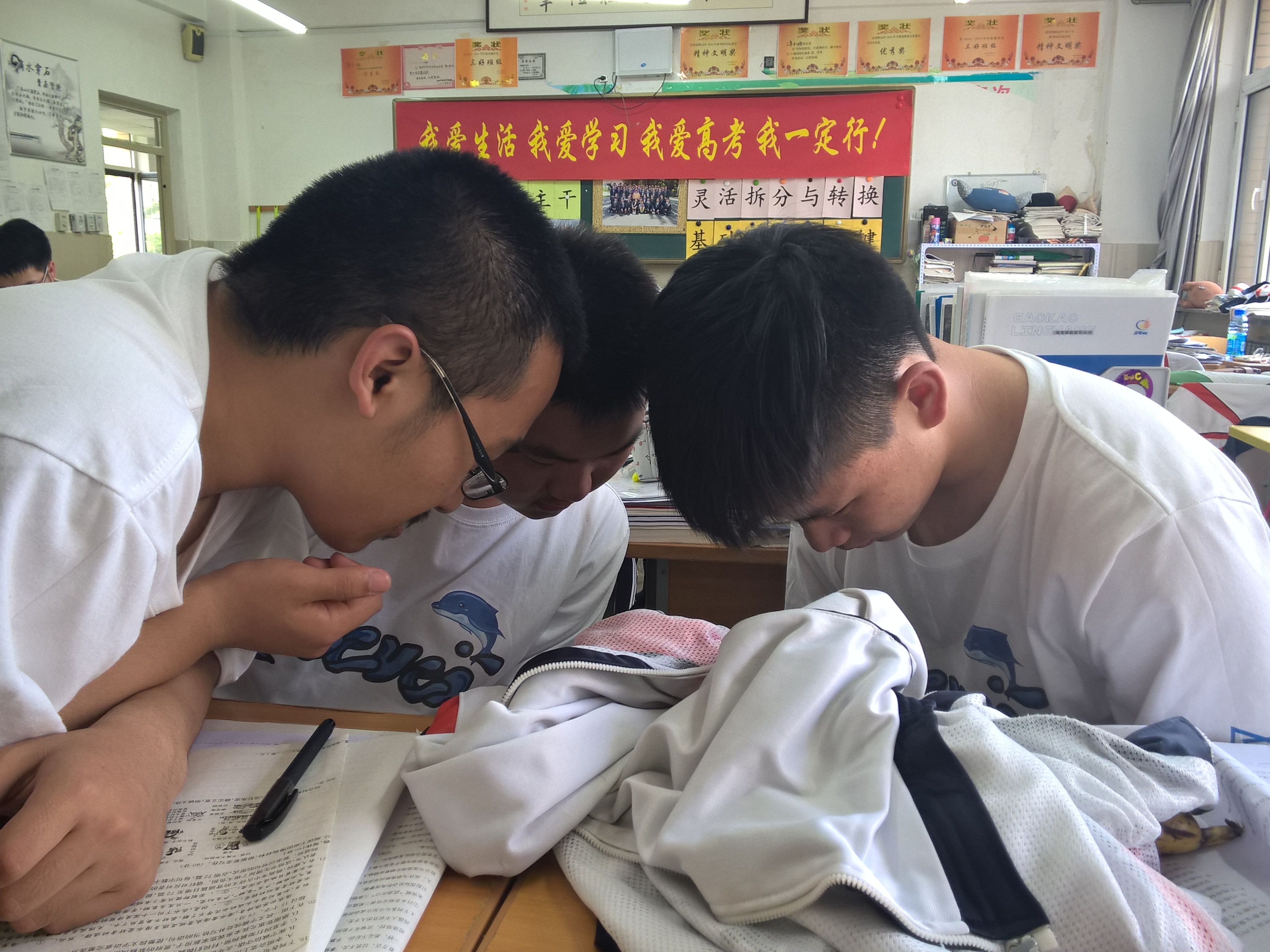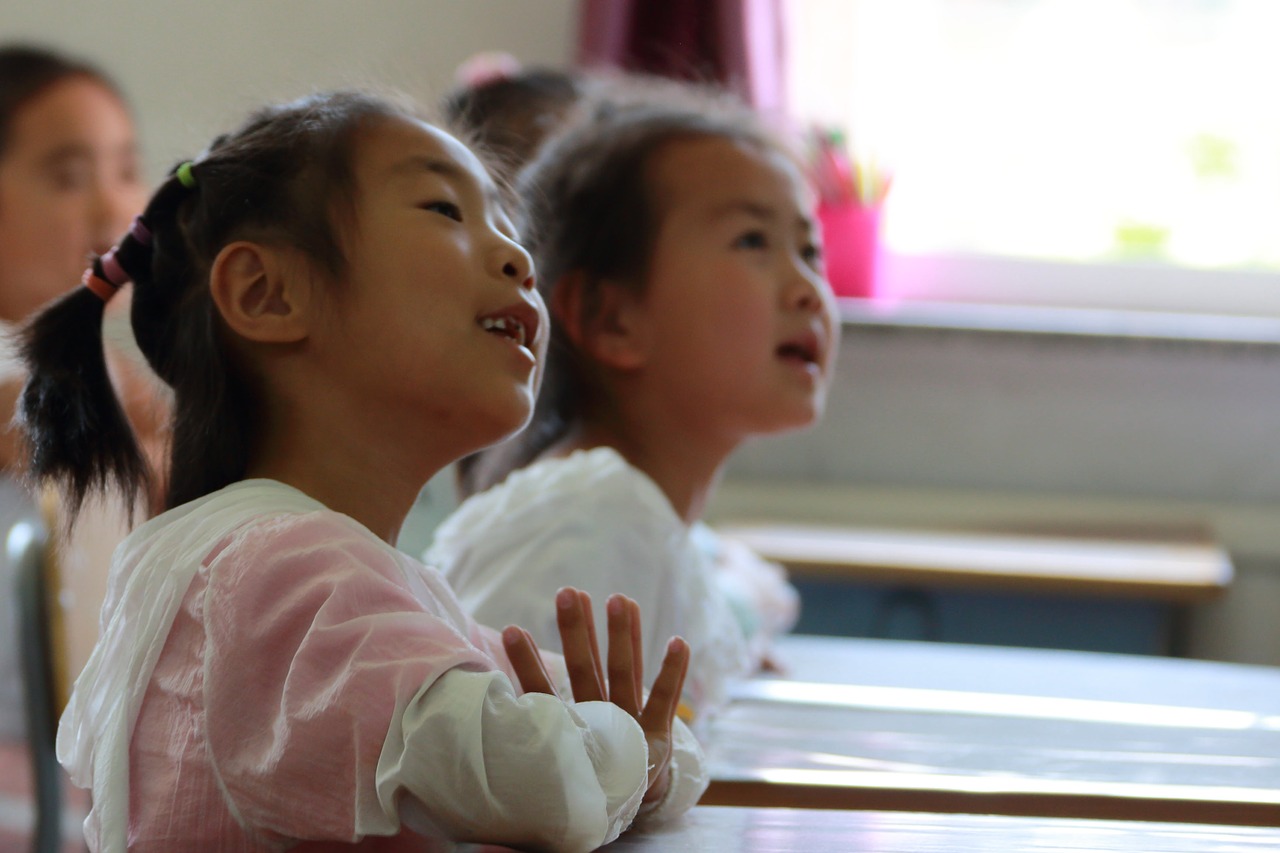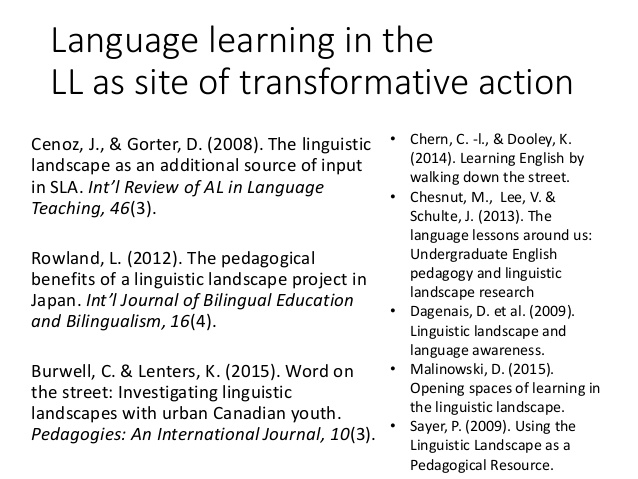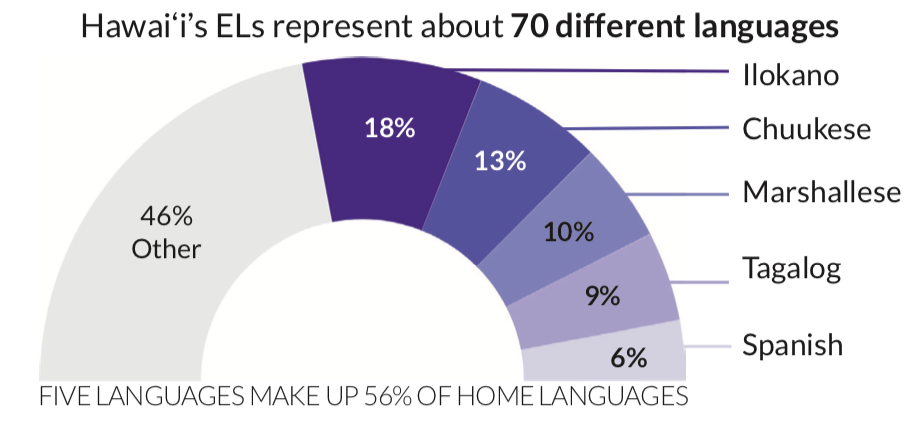An international survey on multilingual practices in K-12 classes and a high school linguistic ethnography on under-studied multilinguals.
I am grateful for the collaboration of Dr. Andrew Coombs at Memorial University, Newfoundland; Dr. Shakina Rajendram at the University of Toronto; Mr. Mario Doropan, my Ilokano translator; Ms. Jiaen Ou, my Chinese interpreter and collaborator; and the high school teachers in Hawai’i who made my linguistic ethnography possible.
Classroom Approaches to CLIL & Translanguaging Inventory (CACTI)
All over the world, subject content is being taught to students who speak English as an Additional Language, called Content Language Integrated Learning (CLIL), even in countries where English is not the dominant language. In such classes, people are constantly translanguaging: using multiple languages to learn and navigate the social life of the class. How this plays out in different CLIL classes around the world, based on factors like geographic location, subject taught, age group, linguistic composition of the class, and language repertoire of the teacher is the question this survey aims to answer.
Mendoza, A., & Ou, J. (2022). CACTI: Use of a survey instrument as a semistructured interview protocol to facilitate teacher retrospection on bi/multilingual practices in EMI. System. doi: 10.1016/j.system.2022.102887





Translanguaging in the Plurilingual, English-as-a-Lingua-Franca Classroom
This study of two high school English classes in Honolulu investigated the multilingual practices that emerge when teachers permit the use of languages other than English but do not explicitly teach students to harness these as learning resources. Students spoke Cantonese, Cebuano, Chuukese, Ilokano, Ilonggo, Mandarin, Marshallese, Samoan, Tagalog and Vietnamese as first/heritage languages. I studied how they used these language(s) and English as a Lingua Franca in the absence of explicit bi/multilingual pedagogy. I then proposed how classroom language practices might be shaped further in the service not only of multilingualism but also equity and inclusion.
Mendoza, A. (2023). Translanguaging in the Plurilingual, English-as-a-Lingua Franca Classroom. Multilingual Matters.



